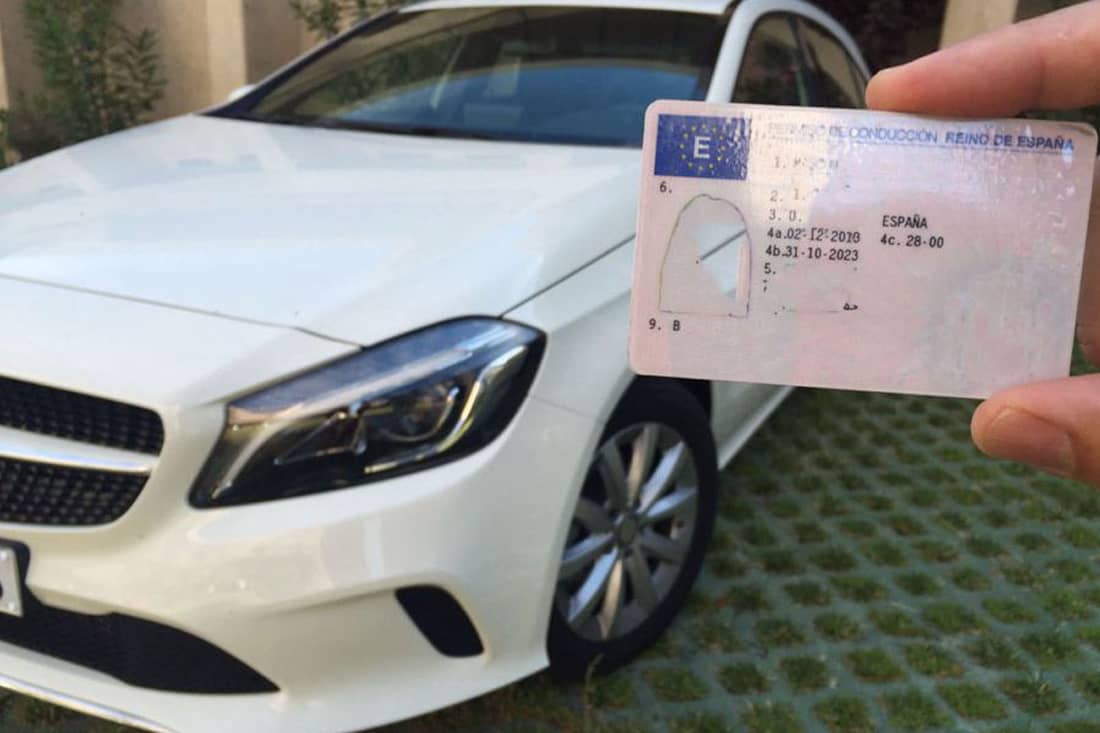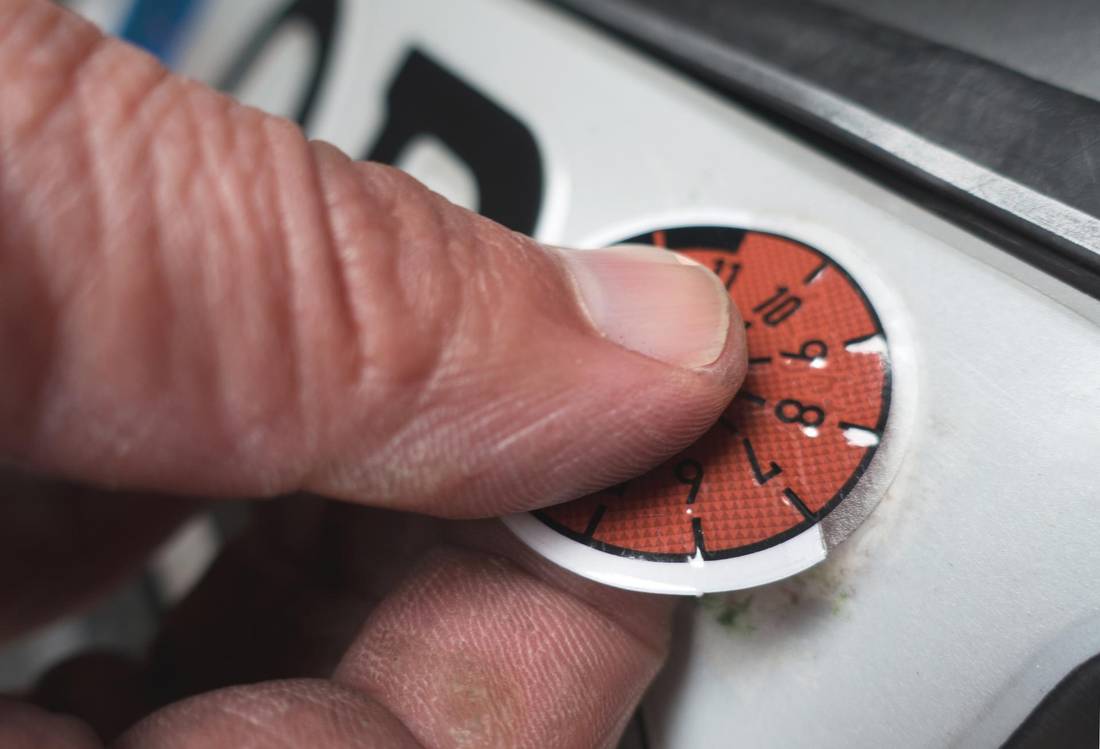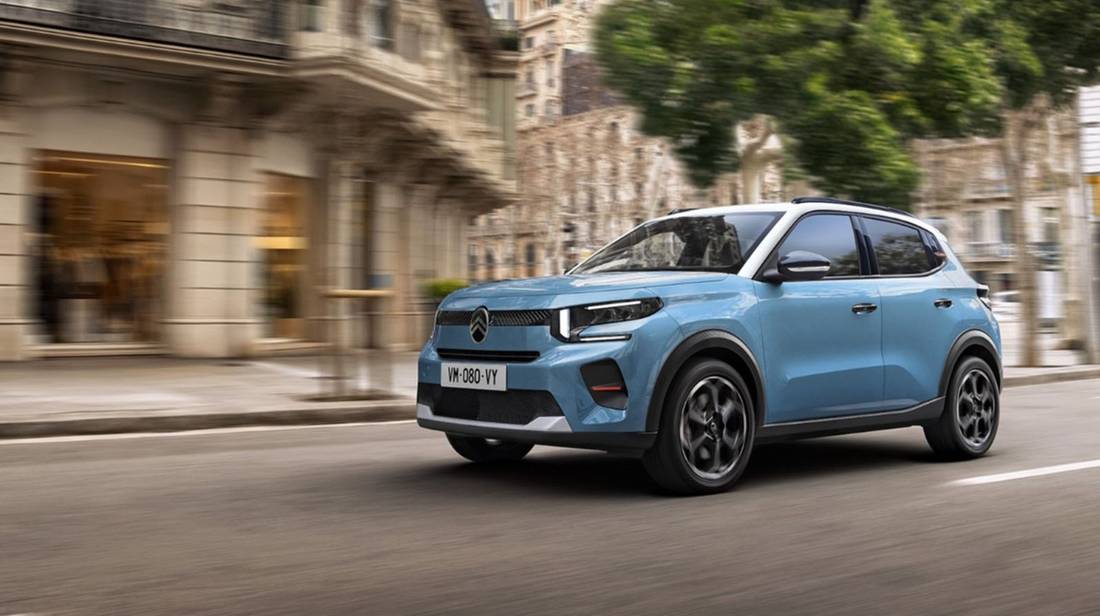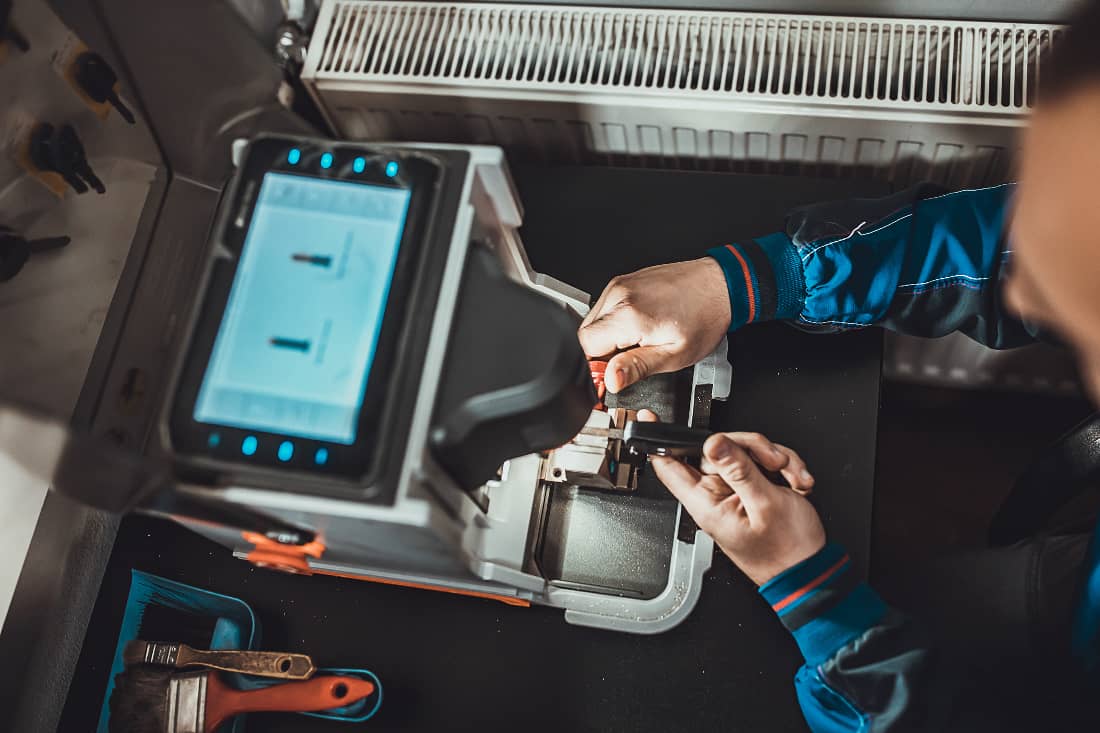
Contents:
- What is the purpose of the general inspection for my vehicle?
- When is the general inspection due for my car?
- How do I recognize from the sticker when I have to go to the TÜV?
- What is checked during the main inspection?
- What will the main inspection and AU cost at DEKRA and TÜV in 2022?
- Can I also have the general inspection carried out in a workshop?
-
What happens if I exceed the period for the main inspection? – Conclusion
What is the purpose of the general inspection for the vehicle?
To ensure that you are always safe on the road, the vehicle must be in as good a condition as possible. This is the only way to ensure road safety, compliance with regulations and environmental compatibility of all vehicles. Only if this requirement is met will the inspector properly attach the sticker to the license plate.
When is the general inspection due for my car?
The period for new cars in the general inspection is regulated differently than for used cars. After registering for the first time, the owners of a new car only have to have their main inspection or emissions test three years later. After that, the general inspection is due every two years, just like with used vehicles. Good to know:
- The main inspection is required by law in Germany.
- In the overview of the defect classes it is noted which repairs
queue - The test intervals are prescribed by law.
- The emissions test (AU) took place separately until 2010. Today is
it is an integral part of the main inspection and is no longer carried out individually.
How do I recognize from the sticker when I have to go to the TÜV?
Already at the change of Badge Colors it is possible to see at a glance when the next main inspection for the vehicle is due. Each year is assigned its own color. The order is as follows: orange, blue, yellow, brown, pink and green. The colors repeat themselves over and over again. For example, anyone who drove with the yellow sticker on their license plate had to make an appointment for the main inspection in 2021. If you drive a vehicle with a brown sticker, the HU 2022 is coming up. The sticker is always attached to the rear license plate so that everyone can see it. So not only you, but also the controlling police patrol can read your next HU appointment.
In the middle of the TÜV sticker is the year (e.g. 2023) in which the car has to be inspected. The month in which the TÜV approval expires can be read on the outer edge of the sticker. There the months are lined up one after the other, the 1 stands for January, the 2 for February, the 3 for March and so on. The number at twelve o’clock indicates the month due. The deadline for the main inspection has expired colors and numbers so see it soon.
It is not only on the sticker itself that you can see when the TÜV expires. the vehicle registration is considered the most important document for the car. That’s why the TÜV test is entered there and you can see the next due date at a glance.
What is checked during the main inspection?
The test center checks important technical features for each vehicle. This is what an inspector who uses innovative machines and tools does today. The expert can check the respective systems manually, visually or electronically.
It automatically takes over the test for the most important parts that serve road safety.
Here are a few examples of what is checked during the general inspection:
-
The identification of the vehicle is the basis for the general inspection. Accordingly, the identification of the vehicle according to the EC Directive 1999/37/EG is an assessment according to § 21 or 23 StVZO.
-
The main inspection is also based on whether the vehicle identification number (chassis number) on the vehicle matches that in the papers.
-
The functioning of the steering wheel lock and speedometer is part of the general inspection.
-
The inspector takes a closer look at the braking system of all front and rear brakes.
-
Visibility must be perfect.
-
The light (e.g. near and high beam) must enable the driver to drive safely.
-
The axles, wheels, suspensions and tires are analyzed in more detail.
-
The chassis, tyres, frame, body and all parts attached to it are also checked from the bottom up so that the driver is safe on the road.
-
The TÜV also checks that the battery and its attachment are in good condition. This is the only way to ensure that there is no short circuit in the event of an accident.
-
The horn and heating fan must work perfectly. In addition, electrical connections must not be oxidized.
-
What about safety vests, warning triangles or first-aid kits? Everything that serves safety is important for the TÜV.
-
Environmental compatibility also plays a major role in the main inspection and ASU. Exhaust gas and noise behavior, loss of oils and other liquids are checked very carefully.
-
The test drive with the car provides information about how the brakes work, the steering works or whether noises occur when driving. This would entail a closer examination.
You can quickly see from this list that it pays to have the general inspection carried out regularly. In the subsequent defect log, everyone can see what needs to be done according to the TÜV.
Which certificates are issued for the emissions test?
Due to the environmental impact, until 2009, the hexagonal test plaque was used to provide evidence. This was firmly attached to the license plate on the front license plate. Since 2010 AU and HU are combined. Accordingly, the additional plaque with the six corners is omitted. In addition, the examiner automatically issues a certificate for the AU during the main inspection. The driver of the vehicle must carry this with him. It is a good idea to keep the AU certificate with the vehicle registration document in a safe place in the car that cannot be seen from the outside. Evidence of the emissions test must be presented to the police upon request – just like the vehicle registration document.
What will the main inspection and AU cost at DEKRA and TÜV in 2022?
In Germany there are no uniformly applicable prices for the main inspection of the vehicle. So on what factors does it depend how high the costs for the TÜV are? Here you should take a closer look depending on the federal state.
- Regional price differences are common
- The larger and heavier the vehicle, the higher the cost
- Overstaying the general inspection can be expensive
On average, the costs for the MOT amount to around 107 euros to a maximum of 125.50 euros. This benchmark applies to a car up to 3.5 tons. However, bargain hunters should remember: It is not worth traveling to another federal state for the main inspection. The price differences for the HU are in the very manageable range. If you are also thinking about the environment, nature and petrol prices, you should visit a test center in your own place of residence or nearby.
The fact is that the price includes issuing the sticker, all certificates and checks. However, the cost of remedying any defects is borne solely by the car owner.
Can I also have the general inspection carried out in a workshop?
Lots Workshops are licensedto take over the main inspection for you. This also has advantages: During the main inspection in the workshop, minor defects can be rectified quickly and directly. After all, the mechanics are already on site. This saves time, travel distances and, if necessary, the arranging of further appointments.
What happens if I exceed the period for the main inspection?
It is advisable that Main inspection not to be covered. Sooner or later, every driver has to go to the main inspection so that road traffic is not endangered. Every driver must remember: The consequences of not showing up for the general inspection are severe. While overdrawing for two months still costs 15 euros, from four months you risk 60 euros and one point in Flensburg. You can be issued with a driving ban for eight months.
One way or the other, you can’t ignore showing your car to the TÜV in the long run. If you show up on time, you can save money.
Conclusion
The main inspection is required by law. It is an important part of road safety for all participants. It pays to keep all appointments on time. This not only ensures a good feeling when driving, but can also prevent accidents with serious consequences right from the start. In addition, you don’t risk any warning money or other penalties and you don’t break a sweat every time a police car suddenly comes up behind you.
Handpicked further articles:
-
TÜV: These documents must not be missing
-
Fine notice – file an appeal
- Driving ban – when it is imposed and all information about the procedure




















